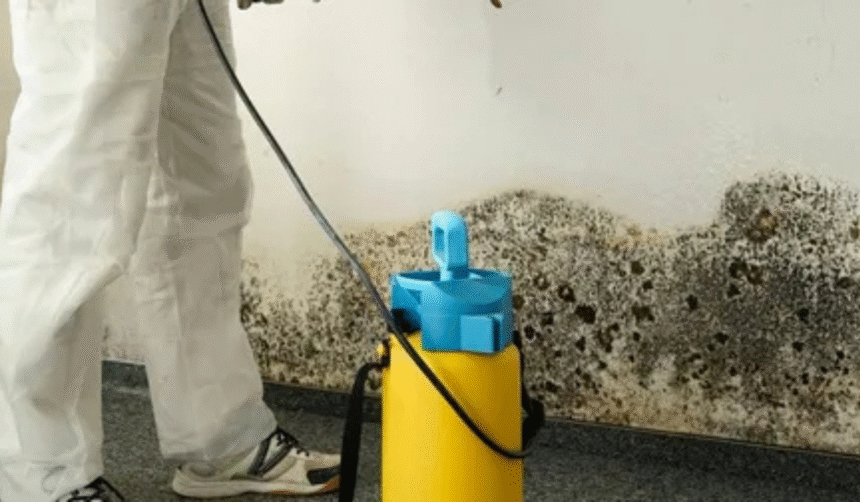Mold is a stealthy, pervasive element that often infiltrates homes, especially within dim, moisture-prone crawl spaces. While its presence might seem minor at first, left unchecked, mold is a significant threat that compromises inhabitants’ health and property integrity. Effective mold removal is essential for ensuring a safe living environment. Understanding the intricate dynamics of mold—how it forms, where it thrives, and the comprehensive measures needed to address it—is crucial for any homeowner aiming to maintain a healthy home. Mold flourishes in areas with plenty of moisture, and crawl spaces offer ideal conditions. They are often poorly ventilated and dark, creating an environment ripe for mold proliferation. Addressing mold isn’t merely about eradicating a nuisance; it’s about safeguarding the inhabitants and ensuring the continued value of the property. From understanding mold’s root causes to engaging in timely professional intervention, this guide offers essential insights into combating this unseen adversary.
Introduction: Mold in Crawl Spaces
Mold is a frequent, unwelcome guest in many households. Despite its microscopic size, it poses a significant threat to your home’s environment. Flourishing in dim, damp environments, mold often takes root in your crawl space—a critical, frequently overlooked component of your home’s structure. With an impact that extends beyond physical damage to include potential health issues, mold represents both an immediate and long-term challenge. Addressing this issue begins with understanding how mold functions within these spaces and identifying strategies to effectively manage and prevent its spread.
Causes of Mold Growth
Moisture is central to mold’s development. This substance thrives in homes where leaking pipes, high humidity, poor ventilation, or faulty insulation prevail. Climate also plays a pivotal role, with warm, humid climates providing the perfect breeding ground for mold. Mold spores, invisible to the naked eye, settle and grow on moist surfaces, spreading quickly in a home’s warm, unventilated areas. Addressing these conditions requires fixing leaks and ensuring adequate air circulation and moisture control throughout the house to prevent mold’s return.
Health Implications of Mold Exposure
Being exposed to mold can result in numerous health problems, particularly respiratory problems. It can result in allergic reactions, skin irritation, and even severe respiratory issues or asthma attacks. Understanding these health implications is crucial for homeowners and underscores the importance of proactive mold management.
Impact on Property Value
Mold’s impact extends beyond health, threatening property values as well. Homes with significant mold issues often depreciate in market value because future buyers are wary of potential repair costs and health risks. If left untreated, mold can compromise structural integrity, leading to costly repairs and reduced overall property value. Homeowners looking to sell must address these issues promptly to avoid economic loss.
Prevention: Keeping Mold at Bay
Preventive measures are paramount in mold management. Proper home insulation and active air circulation are critical for maintaining a dry environment. Regular inspections to identify leaks or dampness, dehumidifier use, and drainage system functioning can significantly reduce the risk of mold development. Investing in these preventive measures will help protect your home from mold and preserve its value.
Early Detection: Spotting the Signs
Early detection of mold is crucial for effective intervention. Key indicators of mold presence include persistent musty odors, visible discoloration on walls or wood, and high humidity levels. Technological advancements have made mold detection increasingly accessible. Innovative mold detection technologies allow homeowners to identify the presence of mold. Consistently looking for these indications and putting resources into reliable detection tools can prevent significant issues.
Remediation: When to Call a Professional
The scale of the issue should inform the decision to call a professional for mold remediation. While small, isolated mold patches may be manageable through do-it-yourself methods, extensive mold growth requires professionals with the tools and experience to eradicate the problem effectively. Professionals address the visible mold and remediate underlying moisture issues, ensuring comprehensive treatment and long-term prevention.
Choosing the Right Remediation Service
Selecting an exemplary remediation service is crucial for effective mold management. Homeowners should look for companies with industry certifications and verifiable experience to ensure they meet high safety and efficiency standards. It is vital to inquire about their methodologies, viewing services as a partnership rather than just a solution. Understanding what each remediation technique involves and asking pertinent questions can make the difference between a temporary fix and a long-term solution.
Mold in crawl spaces remains a significant concern impacting health and economic stability. A thorough understanding of the factors that result in mold, combined with effective detection and timely intervention, can significantly minimize the risks. By making well-informed choices and adopting a proactive stance on care, homeowners can ensure a healthy living environment while preserving property value. This guide teaches you to fight this invisible enemy and secure your home against its detrimental effects.






